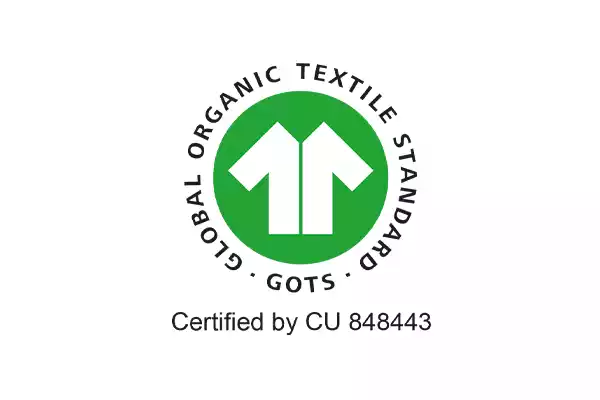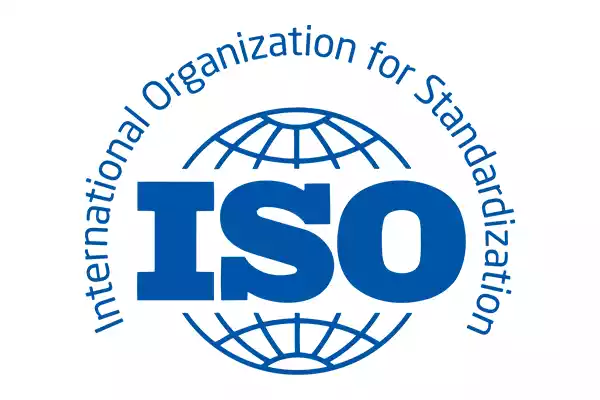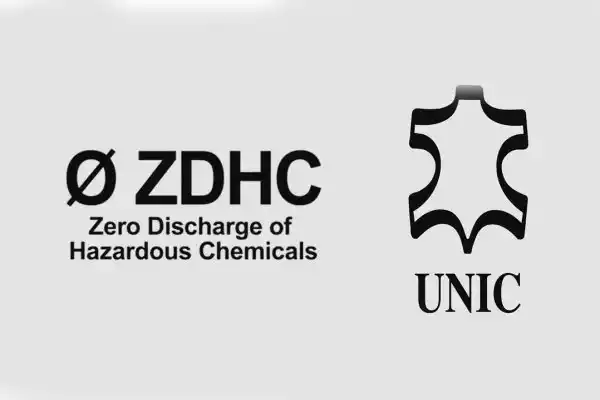Diverse fabric dyes play a crucial role in the textile industry, imparting unique effects and finishes to various fabrics. The choice of the right dye is essential for fashion brands seeking to enhance their garments. Here is a comprehensive list of fabric dyes suitable for different types of clothing:

Fiber Reactive Dyes: This plain-weave fabric is typically crafted from heavy cotton or, to a lesser extent, linen yarn. Renowned for its durability and sturdiness, canvas is often used for heavy-duty applications. Blending cotton with synthetic fibers can impart water resistance or waterproof qualities, making it an excellent choice for outdoor fabrics.

Natural Dyes: Derived from plant, animal, and mineral sources, natural dyes are environmentally friendly. Although they use non-toxic mordants for fixation, synthetic dyes have largely replaced them due to cost-effectiveness and reliability.

VAT Dyes: Derived from the natural fibers of cotton plants, cotton is a staple fiber with a soft and fluffy texture. Spun into yarn and woven, it creates a soft, durable fabric used for everyday garments like t-shirts and home items like bed sheets.

Direct Dyes: Suited for cellulose textiles like cotton, direct dyes are water-soluble and form colored anions. While cost-effective and easy to apply, they may lack brightness and have medium color resistance.
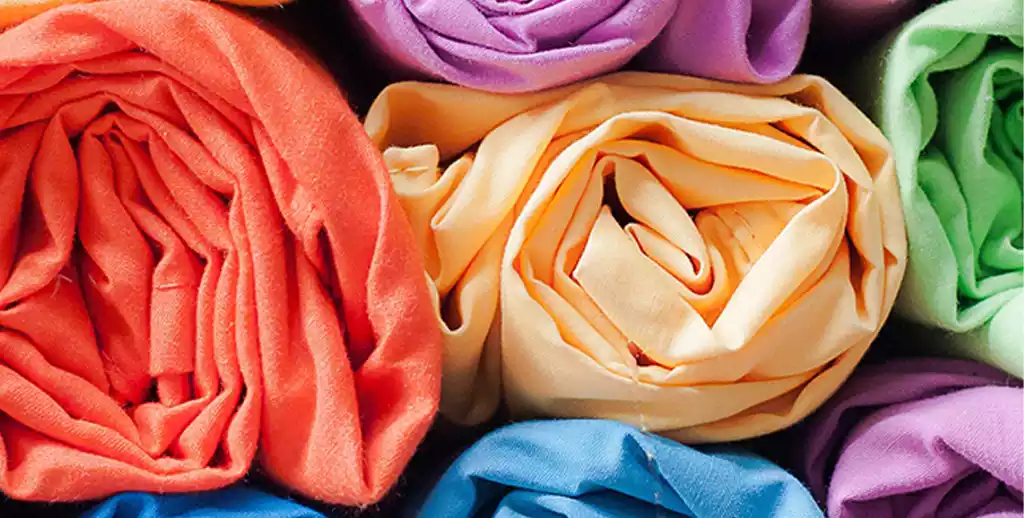
Acid Dyes: Specifically designed for protein fibers like wool and silk, acid dyes come in various subtypes, including leveling and lanaset acid dyes.

Disperse Dyes: Sparingly soluble in water, disperse dyes are applicable to hydrophobic fibers, such as polyester. They are often converted into fine particles for application.

All-Purpose Dyes: A combination of different dye types, such as direct and acid dyes, suitable for a wide range of fabrics but not recommended for polyester or jacquard fabric.

Azoic Dyes: Containing at least one azo group, these dyes are known for their vibrant colors like red or yellow. They are commonly used for dyeing fabrics in bright shades.

Basic/Cationic Dyes: Cationic basic dyes, derived from coal tar derivatives, find applications in silk, nylon, wool, and modified acrylic fabrics.

Mordant Dyes: These dyes require a mordant to enhance fastness against light, water, and perspiration. Used on cotton, wool, or other protein fabrics, the choice of mordant is crucial.
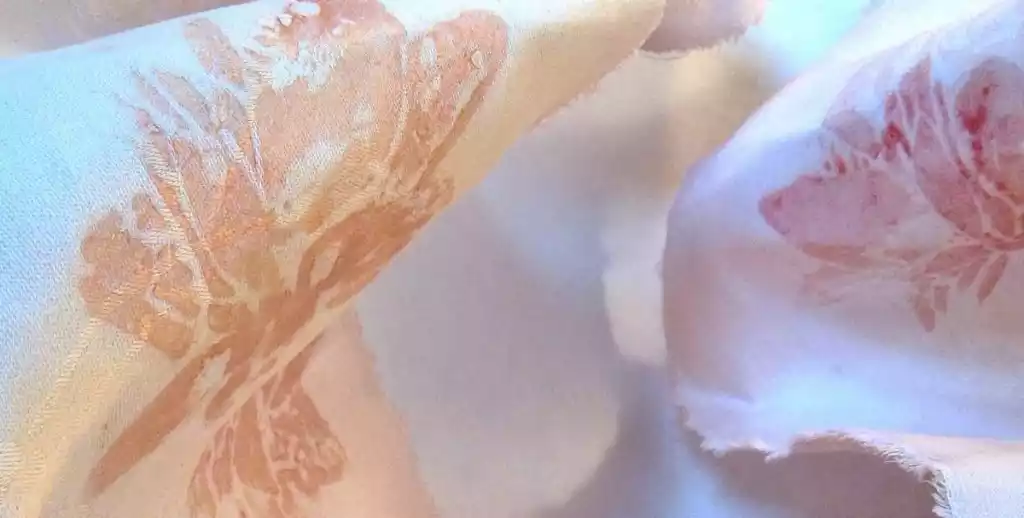
Sulfur Dyes: Widely used for dyeing cellulose-based materials like cotton, sulfur dyes are economical with good wash-fastness. However, they may have poor sunlight resistance and can make fabrics tender.
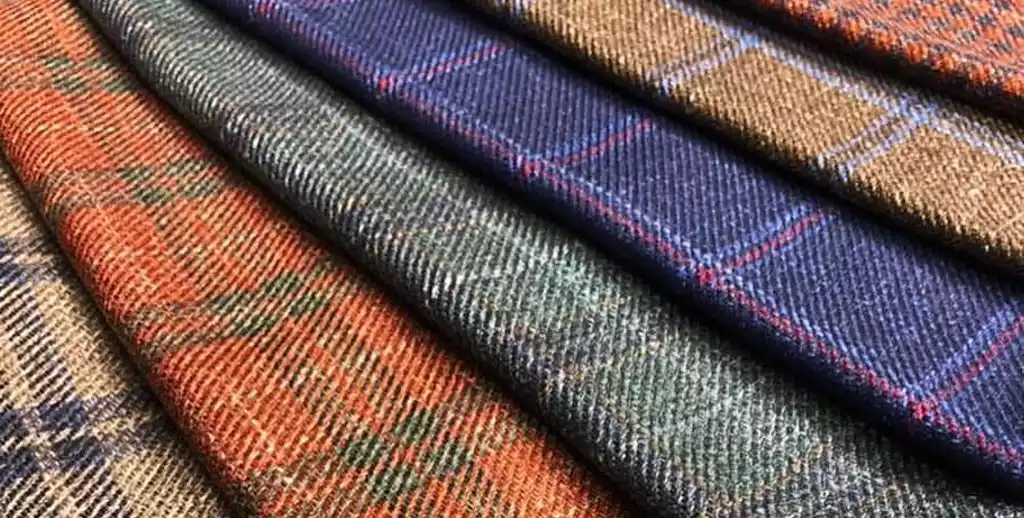
Conclusion
In conclusion, understanding the characteristics of these fabric dyes, their interactions with fibers, and the dyeing process is fundamental knowledge for anyone involved in the textile industry. It is essential for clothing brands to make informed choices based on the specific requirements of their fabrics.


